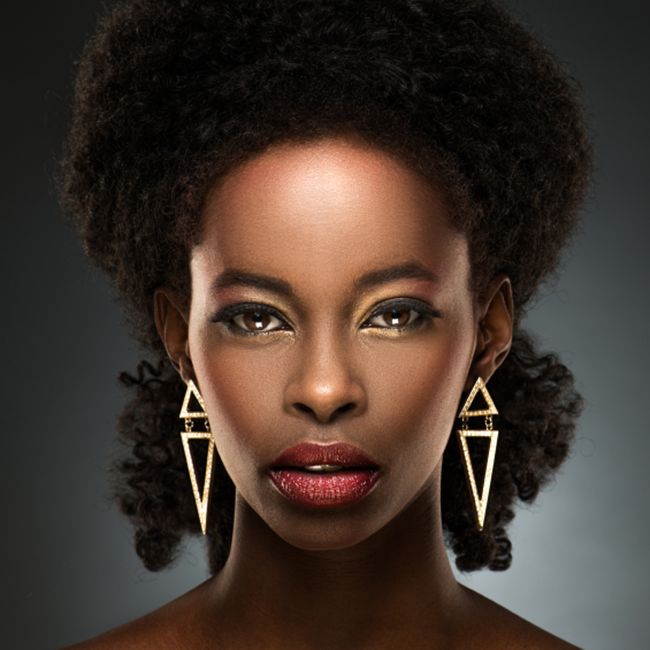Hair extensions are older than you think, with the first documented proof of hair weaves from the Egyptians in 3400 B.C. They wore wigs, hair pieces, and braids all made of human hair or dyed sheep’s wool with resin and beeswax used to attach them. All of these weaves and wigs of the past have led us to hair extensions today where variety is abundant and all hair types are included. With the growth of the natural hair movement, naturally kinky and coily-textured extensions are massively popular with women who want to rock their natural texture with more length or body. With demand high, supply is meeting the challenge with numerous natural hair extension lines from wigs to clip-ins to wefts.
Read more: 10 Natural Hair Extensions that Will Make You Think It’s All Yours
If you are not hair savvy or used to rocking extensions, then blending it can be challenging. Blending is simply making the extensions mesh naturally with your own texture. For that reason we wanted to enlist the help of an expert at natural hair extensions, Kimali, also known as the woman behind Xotica Hair.
Know your texture
Kimali has plenty of tips on blending your hair with natural hair extensions, but “none is more important than knowing your hair texture so that you can select an extension that best matches your own. You would be surprised how often there is confusion around this. Finding the right texture will make the blending process easier.”
Twist your leave out
Kimali recommends twisting or intertwining your leave out with the hair extension as a great way to help the hair blend seamlessly “especially if you’re wearing a kinkier texture; make sure the ends of your short hair is not sticking out from the extension which could be an easy giveaway to others that you’re wearing extensions; using a bit of hair gel like EcoStyler gel would be quite useful in the intertwining process to smooth those ends down.”
Or try a two strand twist
Another tip or option for blending shorter hair with longer natural kinky extensions would be to two strand twist your own hair with the extension during the installation. Kimali says “This tip/method will allow your own hair and the extension to take the same pattern at takedown (when you untwist/unravel them”>. Flat twisting your leave out, doing Bantu knots, as well as curling your leave out with perm rods can also be an option to create kinks and curls that match the natural hair extension and help to blend.”
If all else fails
If all else fails Kimali recommends using “a pretty silk or satin scarf to tie around the front of your hair which will serve to camouflage your leave out as well as it will work as a beautiful, stylish hair accessory or go with a matching closure (that matches the extensions”>, then you will never have to worry about blending.”
Blending is right up there with installation as one of the more difficult maintenance issues with extensions. It may even be a valid reason why some opt for wigs, full closure sew-ins, or not wear them at all but as demand keeps running high, the brands are finding easier ways for women to rock them with little to no effort. I wore clip-ins on Thanksgiving and New Year’s Eve and it was fairly simply to hide my hair. I avoided the problem of blending for fear of it looking bad but now see how a few steps can make all the difference in the world.
Natural hair extensions are great for versatility in styling and even coloring, as human hair extensions can be dyed, and now with blending tips I think we will continue to see them make even bigger waves in the natural hair community.
Do you have natural hair extension questions or problems that we can address?

